|
Costa Rican beaches are frequently visited by sea turtles. These animals are endangered and the nesting process is crucial to keep their population. What to do in case you see one? Find here some tips.
?? En español
In Costa Rica nest 5 from the seven different sea turtles species there are in the world: hawksbill, loggerhead, olive ridley, green turtle and the leatherback turtle. The last three are usual in Guanacaste province, the Costa Rican North Pacific coast.
Map of nesting beaches in the North Pacific of Costa Rica. (Protected beaches in green, no protected in red). Source: IAC 2019.
Basic Standards
No flash
Sea turtles are very sensitive to lights. While they nest, lights might "wake them up" from their trance during the nesting process or scare them away. Most of the time, they stop the nesting process and return back to the ocean, without laying their eggs. Use red lights Hatchlings make their race to the ocean looking for "a light" that is reflected on the horizon. House lights and flashlights can easily disorient them and increase the probability that predators eat them. Also, adult female turtles can even stop nesting in a beach due to its light pollution. Do not pollute Sea turtles use the beach to nest and later they will go back to the ocean. Plastic is one of the main polluting materials that kills them. Think twice on what you use. If you drink from a water bottle, use straws or carry a plastic bags, remember to take them with you as soon as you leave the beach, and replace them to sustainable materials. This way, we can save the ocean from plastic. Do not touch them The turtle's carapace are ossified ribs fused with the dermal bone. If someone "rides" over the shell, it increases the weight over the animal and can hurt the turtle's flippers and plastron. On the other hand, before and after the laying process, the turtle can get easy frightened if she feels something is manipulating her, so their usual answer to this is to move back to the beach. How should i observe A nesting adult?
Stay always behind the front flippers and stay back
Remember, turtles get scared very easily. If you stand quite behind their front flippers in a good distance at all times, she won't be able to see you. Walk cautious, in silence and remember not to use lights. You will be witnessing an incredible nature experience, but very important is letting a threatened specie to lay their eggs. Not too many people Imagine to see 20 - 40 people behind you when you need to get concentrated. Well, with the turtles is almost the same. Smaller groups are always better. Think about how complicated is for big groups to remain quite and calm, especially in an environment full of wilderness. Babies! THey are cute, just be careful
No lights
After being in darkness for days, and then a strong light. As soon as they reach the surface, they start racing towards the ocean looking for "a light" that guide them. If there are artificial lights, they are easily influenced and will start following them. Who will be the first and the last one? You will see that the hatchlings make their own route to the waves. They need to make this run by themselves. You can keep on the sides and save them from all different kind of predators like crabs, dogs or birds. Do not touch them or raise them up, they are just babies that want to get to the ocean. Report illegal actions and support research
Share the magnificent of nature
If you see other people in the beach and are also interested to see the sea turtle, inform them about turtle-friendly actions and share a magnificent nature moment. Report If you see that people are extracting eggs, taking the hatchlings or taking the sea turtle, call immediately to the police. Support conservation There are many ways you can help sea turtles. First, think on what you eat and how you get it. Junk food attracts the attention of potential predators, and the wrong disposal of single use plastics might end affecting a marine animal. Think locally, act globally Participate in volunteer journeys in local organizations or donate to conservation efforts. Remember, Sea turtles are protected by law
Sea turtles are threatened species, and their survival is important in the food chain for a healthy ocean. International agreements and local laws establish measurements to protect their populations.
More information. To learn more about the black sea turtle night walk expedition, click here, or for any doubt send us an email to [email protected].
P1227
|
AuthorSStaff Archives
February 2020
Categories
All
|
|
Home · Expeditions · Projects · Volunteer · Blog · Contact · En español
(+506) 8378-9640 · [email protected] © 2009-2024 Cabo Velas, Costa Rica |
|

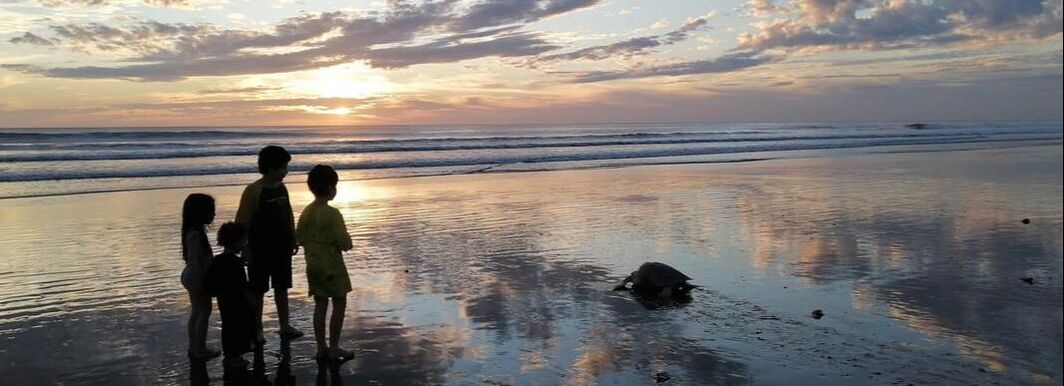
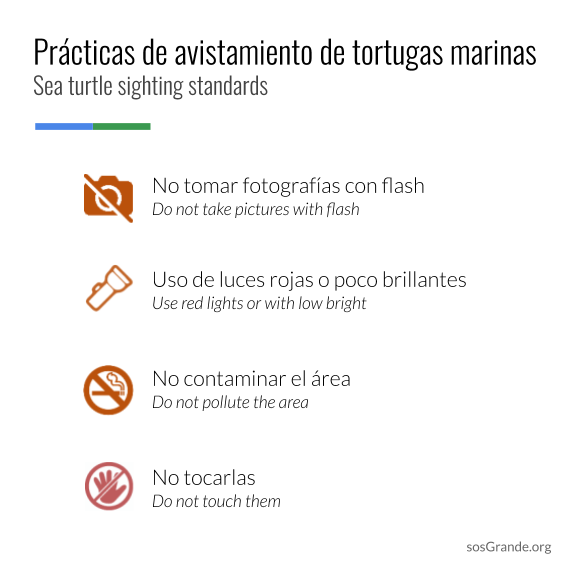
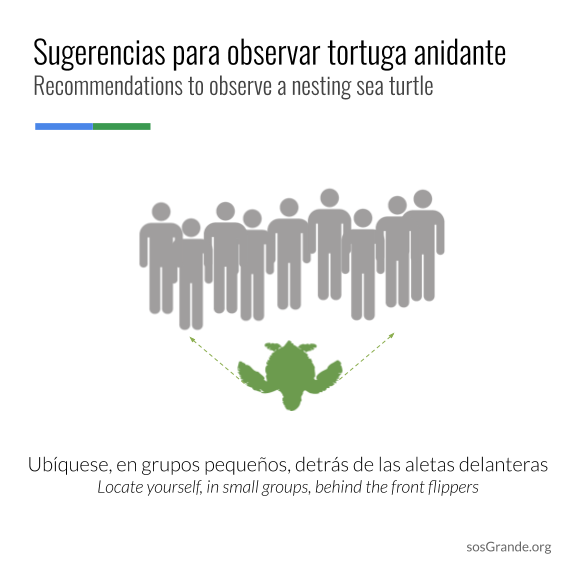
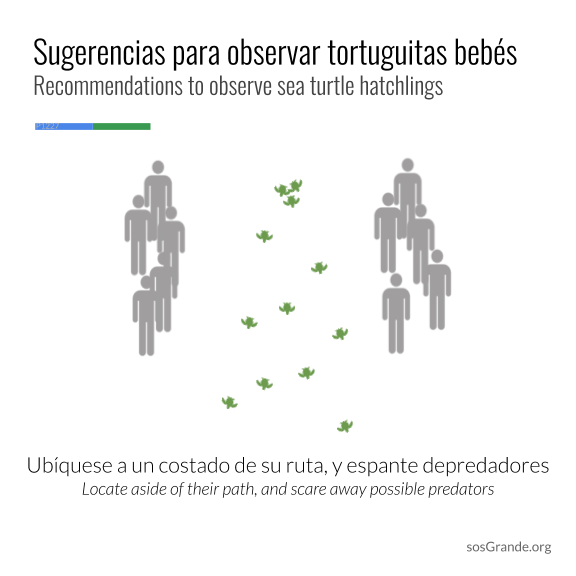
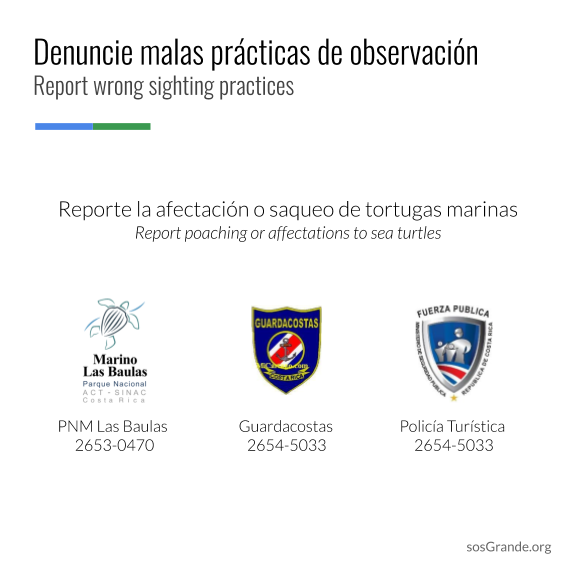
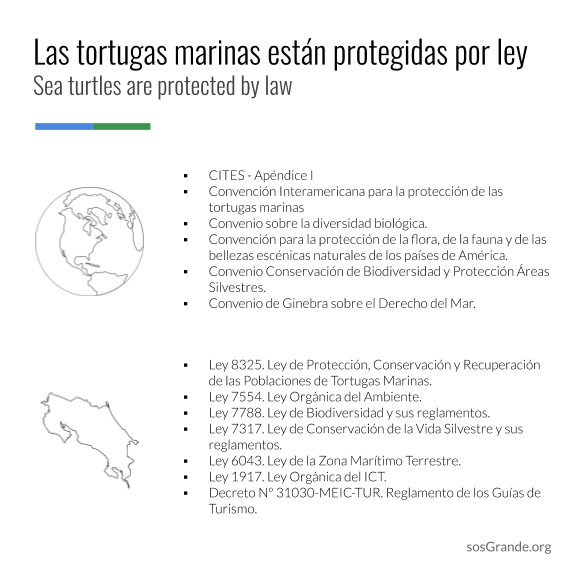
 RSS Feed
RSS Feed

